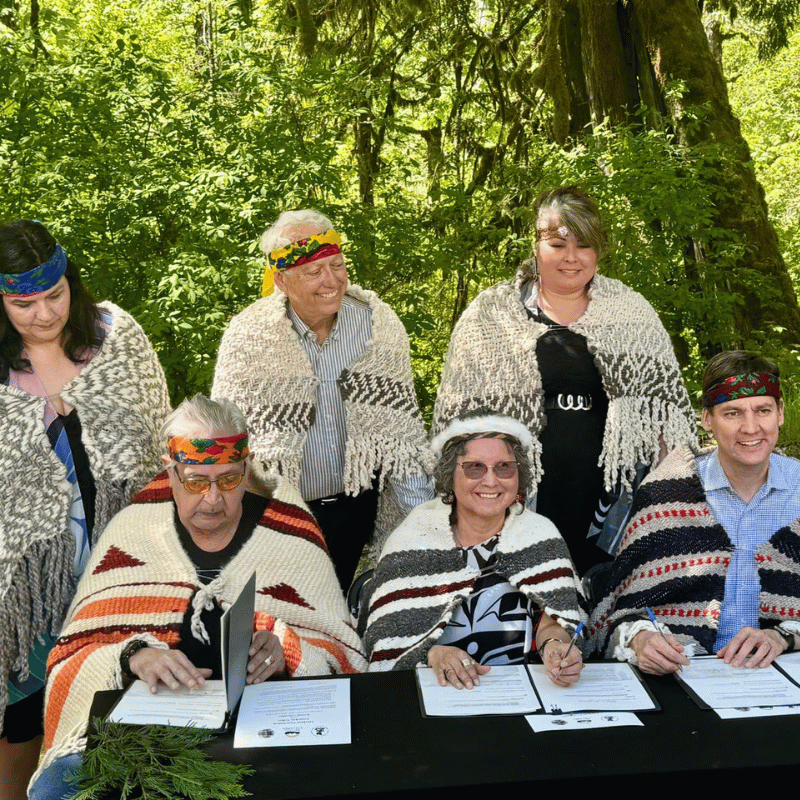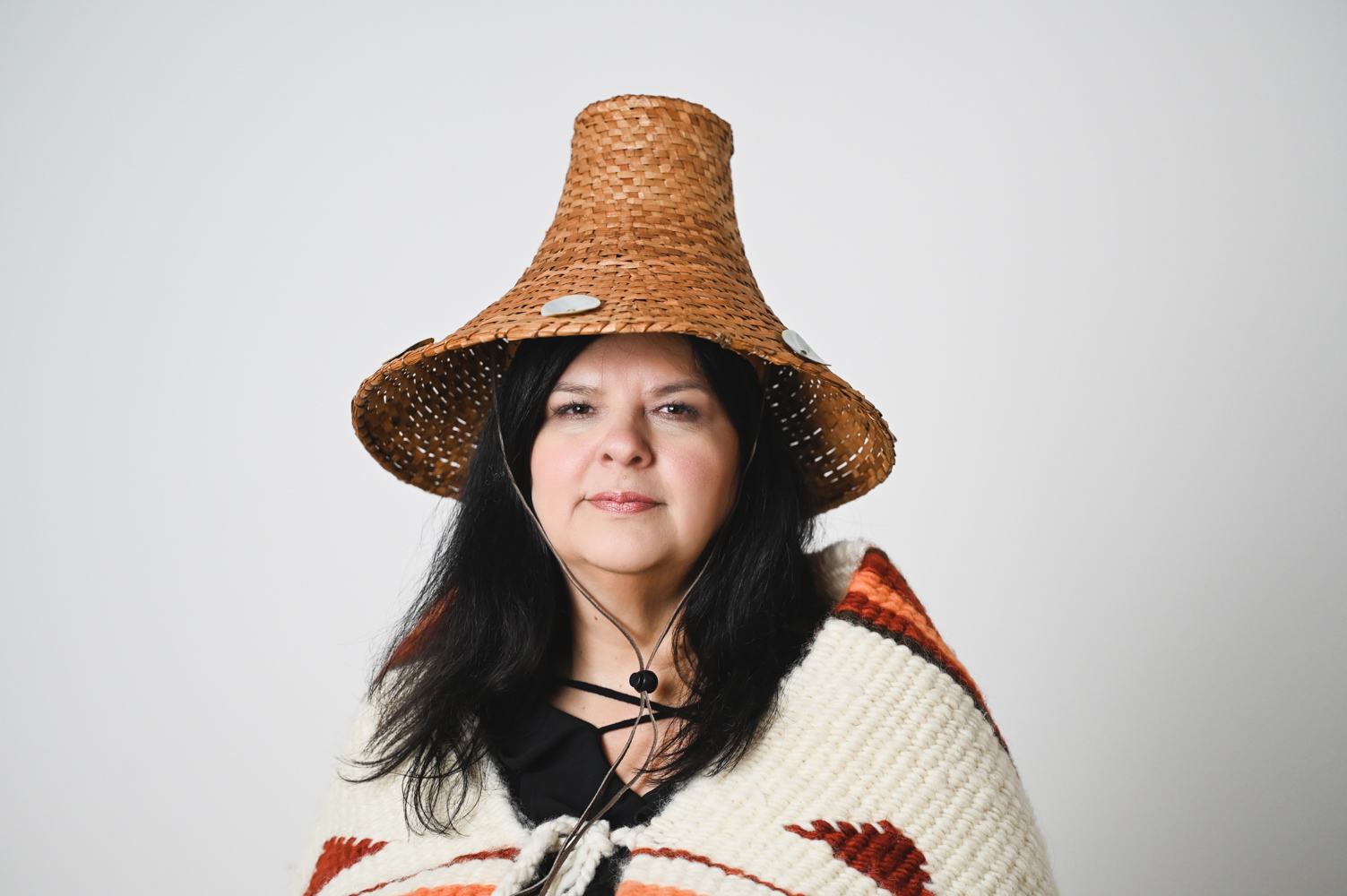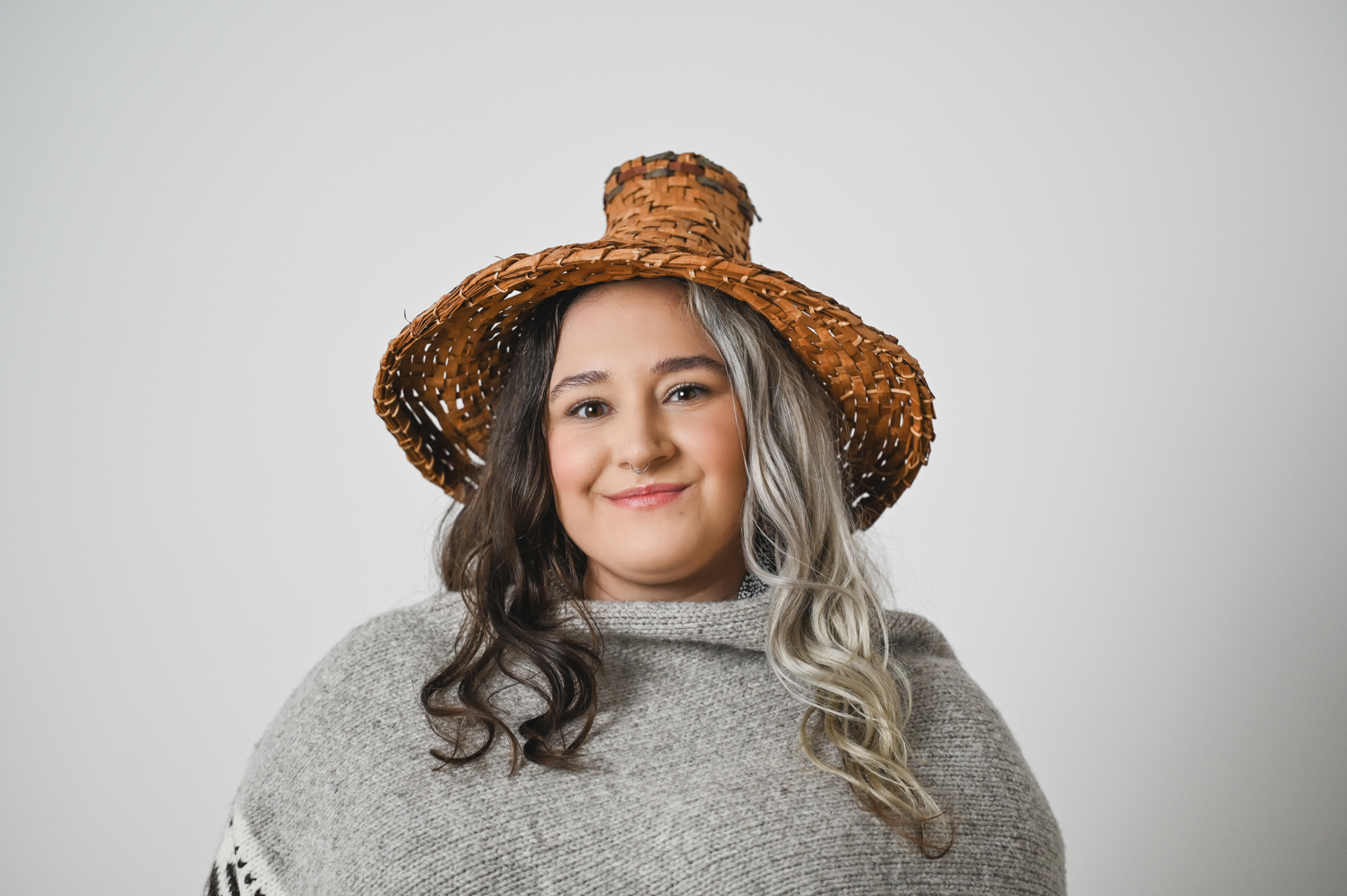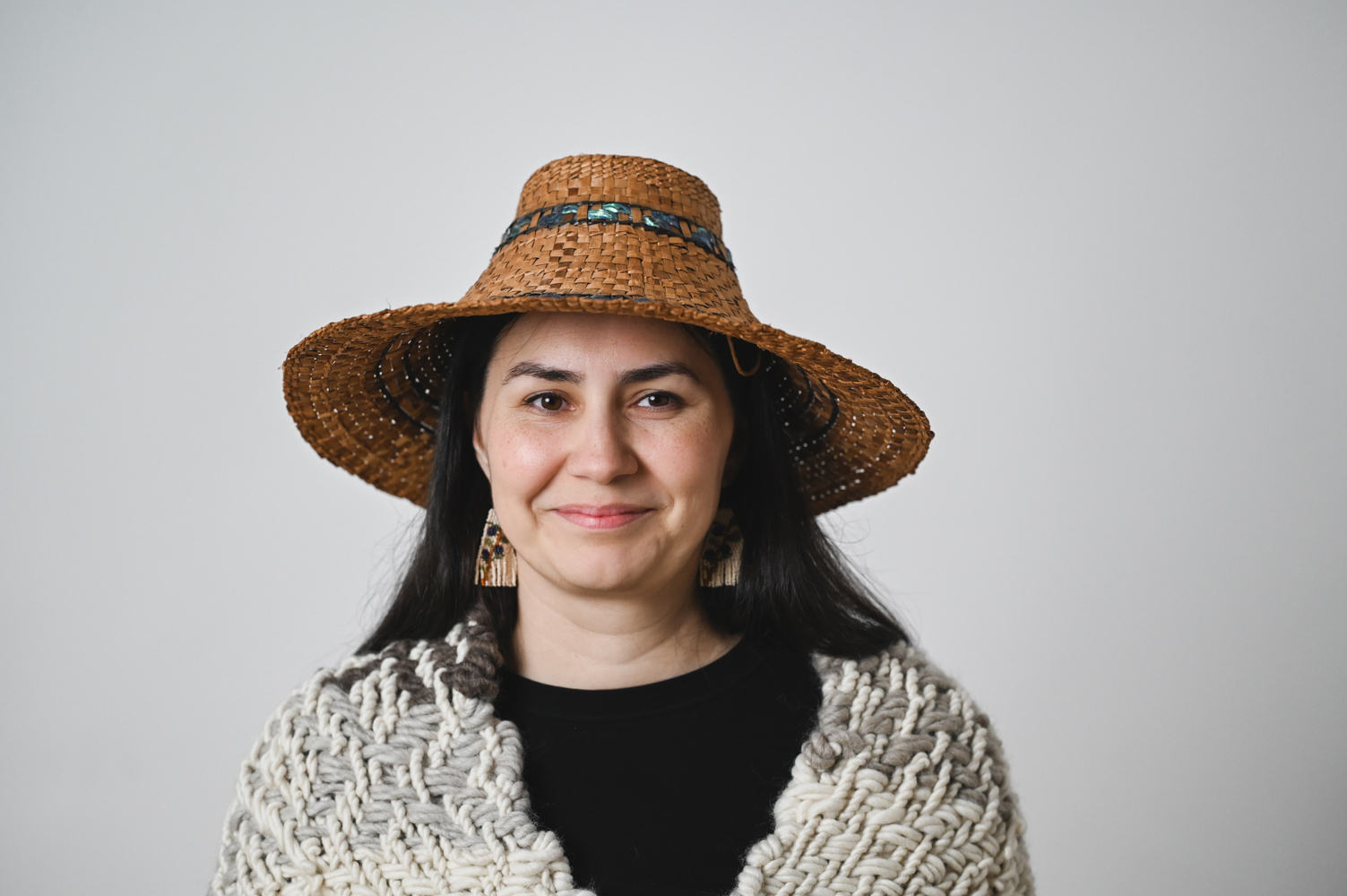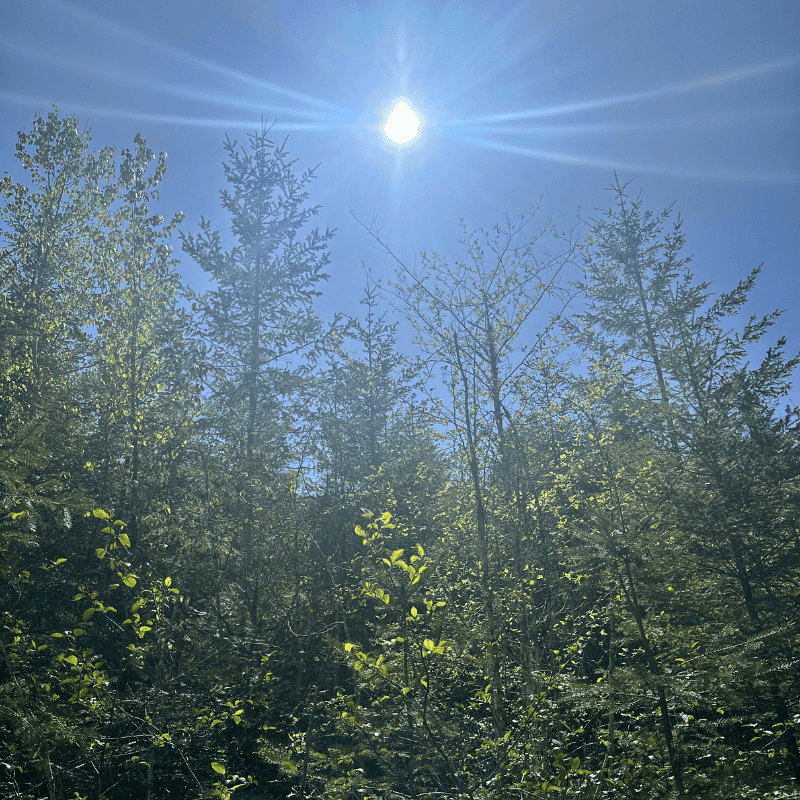We are in our canoe paddling home…
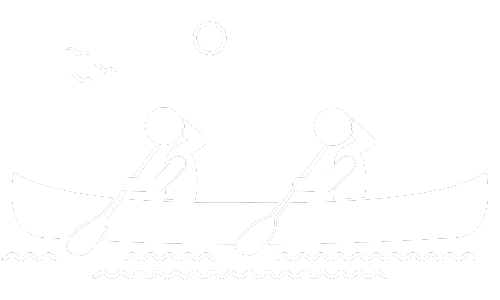
OUR GOVERNANCE
Lyackson First Nation is led by our Chief and our elected Council members. Together, our Chief and Council are working to build a land base where we can experience a sense of belonging, build a strong community steeped in culture, cultivate abundance and safety for our members, and realize self-determination under the guidance of our elders and ancestors.
Our current Chief is Hereditary Chief Shana Thomas, who was appointed by Grand Chief Pahlicktun Richard Thomas on September 9th, 2024.
Before her appointment as Hereditary Chief, Chief Thomas served as a Treaty Negotiator for Lyackson, priming her with the experience necessary to guide Lyackson home.
Our current Councillors include Councillor Shayli Robinson (Elected December 17, 2023), Councillor Rachel Flowers (Elected May 29, 2022), and Councillor Brena Robinson (Elected May 29, 2022).
CHIEF AND COUNCIL
OUR PEOPLE
We are a Central Coast Salish Hul’q’umi’num community of 200 members based in Chemainus, Vancouver Island. Our homeland is Láyksen, now known as Leey’qsun Island. Our community descends from four main ancestors – Thi’Xvulece, Swin’yleth, Swute’se’Dick, and Shulqvilum – who established winter villages at T’a’at’ka7, Th’a’xel and Th’x we’ksen on Leey’qsun Island.
As part of the Hul’q’umi’num Mustimuhw, we share traditional territories with Chemainus First Nation, Cowichan Tribes, Halalt First Nation, Lake Cowichan First Nation, and Penelakut Tribe. The Hul’q’umi’num core territory spans 334,000 hectares, extending north from Nanaimo River, south to Goldstream, east to Douglas Island, and west to Tuck Lake. We presently manage three land reserves comprising one-third of Leey’qsun Island, where we continue our traditional practices.
OUR VALUES
Thuythut tseep kwus syaays tse’, nilh ‘uw ‘un sulhween’ulup tun’a ‘iin’ sul’uthutulup. Hekw tthun sul’e’luhw.
Be ready for the upcoming work you will do; what you are doing now follows the teachings of your Ancestors. Remember your Ancestors.
OUR PRINCIPLES
The Leadership affirmed the four fundamental snuw’uy’ulh teachings that will guide Lyackson’s governance:
- Ts’its’uwatul: taking care of one another.
- ‘Uy shkwaluwun: doing things with a good heart, good mind, good spirit.
- Lal’um’uthut: be cautious, take care, looking after oneself.
- Nuts’a’maat: to work together, to work as one.
OUR VISION
We aim to be a healthy, self-sufficient, and visionary Nation that honours the aspirations of our ancestors and mustimuhw today in ways that are rooted in our culture and traditions for future generations.
OUR MISSION
With one heart and one mind, Leey’qsun Nation is committed to achieving our vision by uplifting our snuw’uy’ulh and cultural practices while implementing innovative programming, projects, and initiatives for the Leey’qsun mustimuhw.
OUR LANGUAGE
Our language is Island Hul’q’umi’num, one of three dialects of the Hul’q’umi’num language.
Like many other Indigenous languages, the number of fluent speakers of Island Hul’q’umi’num is dwindling. Currently, there are only 100 Hul’q’umi’num people who speak Island Hul’q’umi’num fluently, and most are over 60 years of age. There are several hundred others between ages 40 and 60 who speak the language partially but lack fluency. Among younger generations, knowledge of our language is limited to words and phrases.
We recognize the crucial importance of preserving and revitalizing our language for future generations and are working towards a future where knowledge of our language and other cultural practices flourishes.

